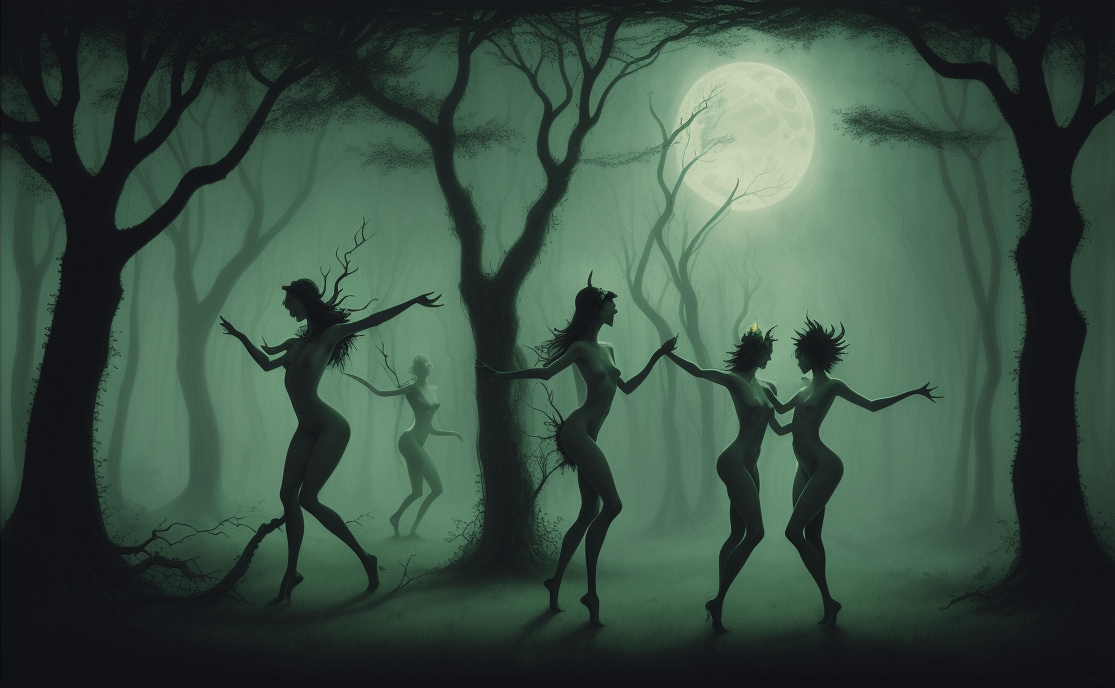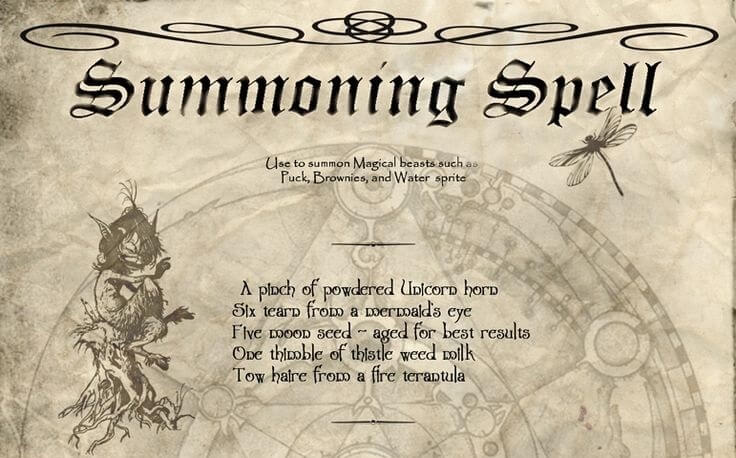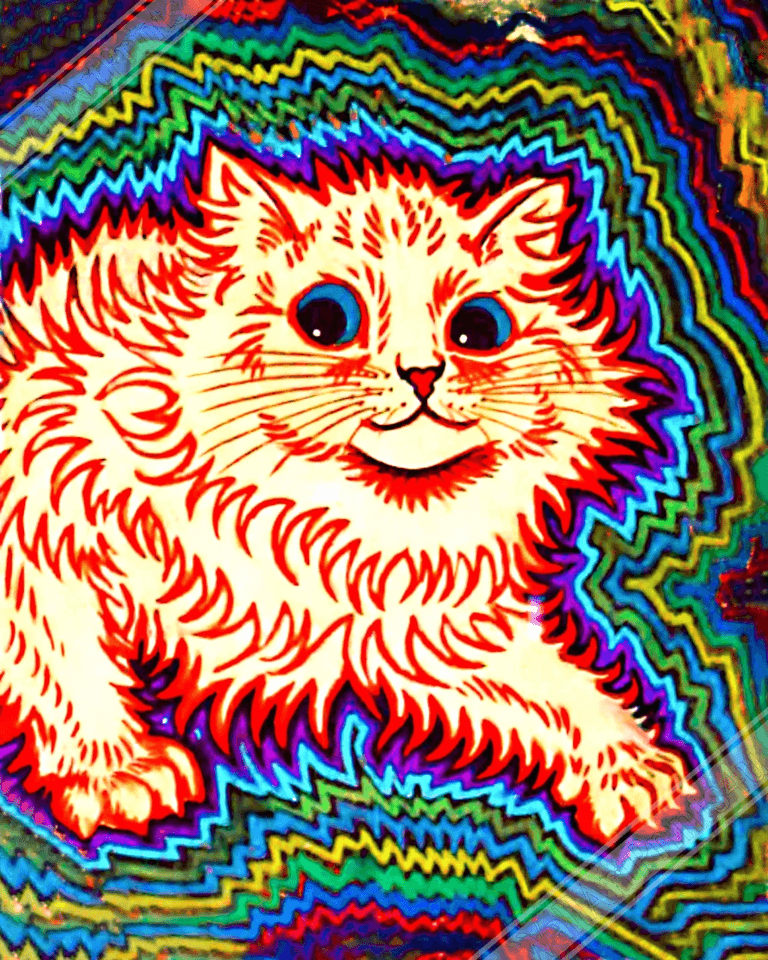Nudity and Sexuality in the Occult: Symbols, Rituals, and Perspectives
The occult, often associated with esoteric knowledge and mystical practices, has intrigued humanity for centuries. It delves into the arcane and the unseen, offering alternative perspectives on the universe and our place within it. One of the more debated aspects of certain occult traditions is the inclusion of nudity and sexuality. How are these elements incorporated, and what do they symbolize?
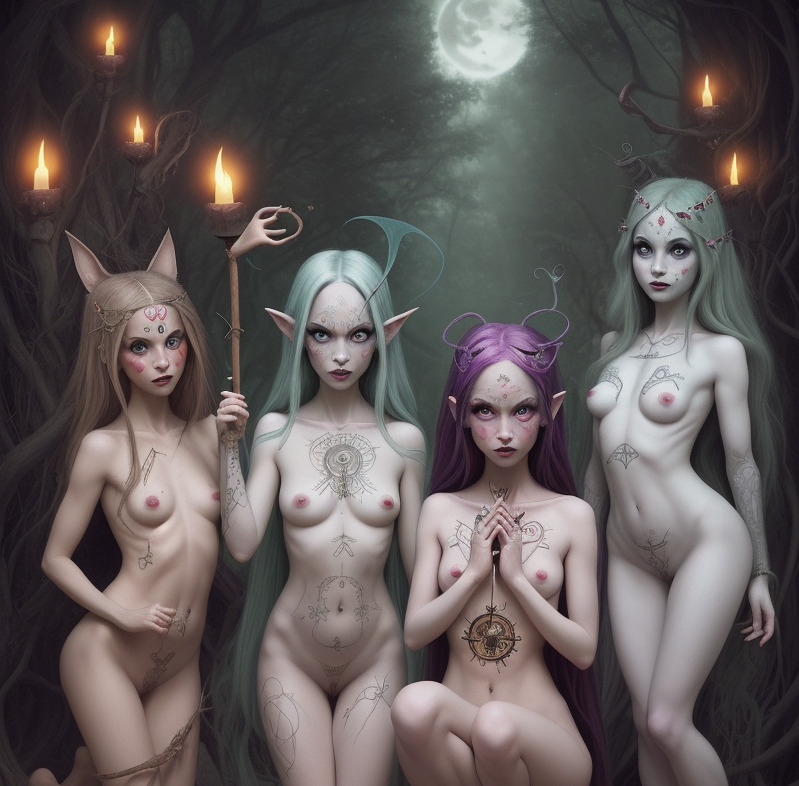
Nudity in the Occult
- Symbol of Purity and Innocence: Nudity, in many occult traditions, is seen as a return to one’s primal state, free from societal constructs and pretenses. Stripping away clothing can symbolize shedding societal, personal, and emotional baggage, revealing the raw and authentic self.
- Equality and Unity: In a ritualistic setting, when participants are nude, they are stripped of status and class, standing equal before the divine or cosmic forces they are invoking. It fosters a sense of unity, removing barriers that often divide us in the everyday world.
- Energetic Conduit: Some occultists believe that clothing can restrict or interfere with the flow of mystical energies. By being nude, they feel more connected to the energies around them and believe they can channel them more effectively.
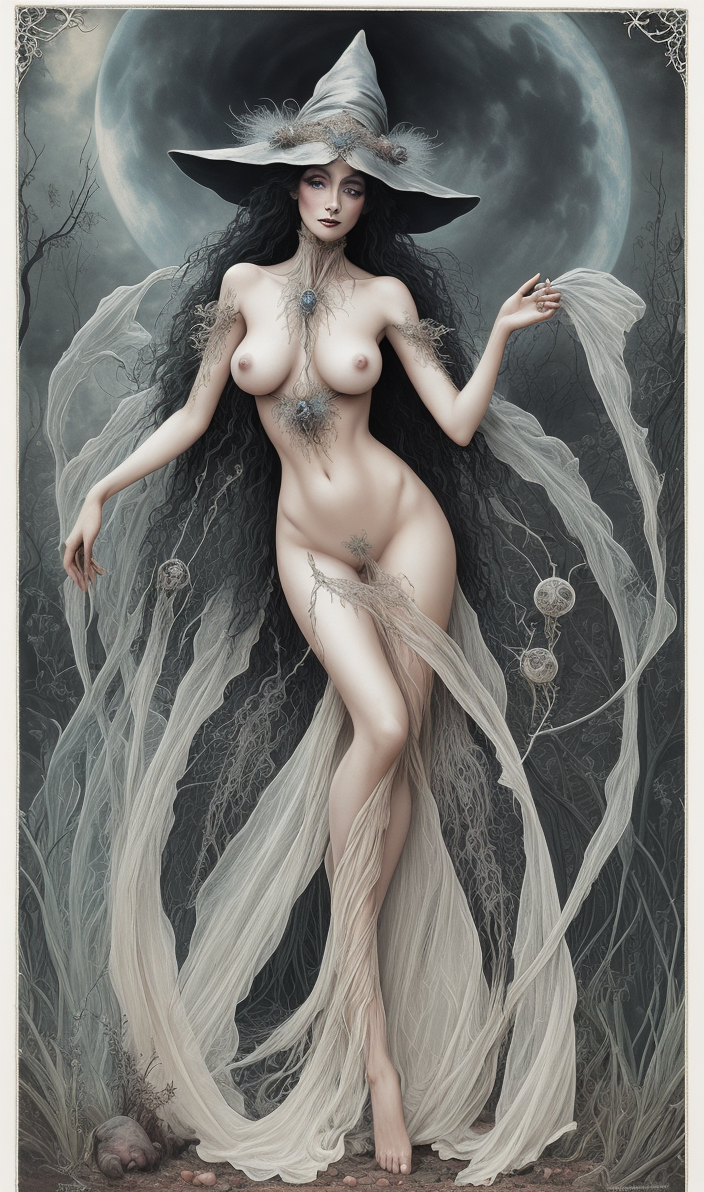
Sexuality in the Occult
- Sacred Union: Sexuality, in many occult traditions, is viewed as a sacred act. The union of masculine and feminine energies can represent the joining of opposites, often seen as a magical act of creation. In some traditions, this union mirrors the cosmic creation myths or the union of deity figures.
- Sex Magic: This is a branch of magical practice that involves the use of sexual energy as a potent force to achieve one’s goals. It can be practiced alone or with a partner and often involves rituals where sexual arousal and orgasm are directed towards a specific intention.
- Kundalini and Tantra: Eastern mysticism has long recognized the power of sexual energy, especially in practices like Tantra. Kundalini, viewed as a serpent-like energy at the base of the spine, can be awakened through specific yogic and sexual practices, leading to heightened spiritual experiences.
Witchcraft and Being Skyclad: The Ritual of Bare Practice
“Witchcraft” is a term that encompasses a myriad of traditions, practices, and beliefs. Among these, one of the most iconic and, for some, controversial practices is that of being “skyclad,” or practicing rituals in the nude. Here, we explore the origins, meanings, and contemporary perspectives on this ancient practice.
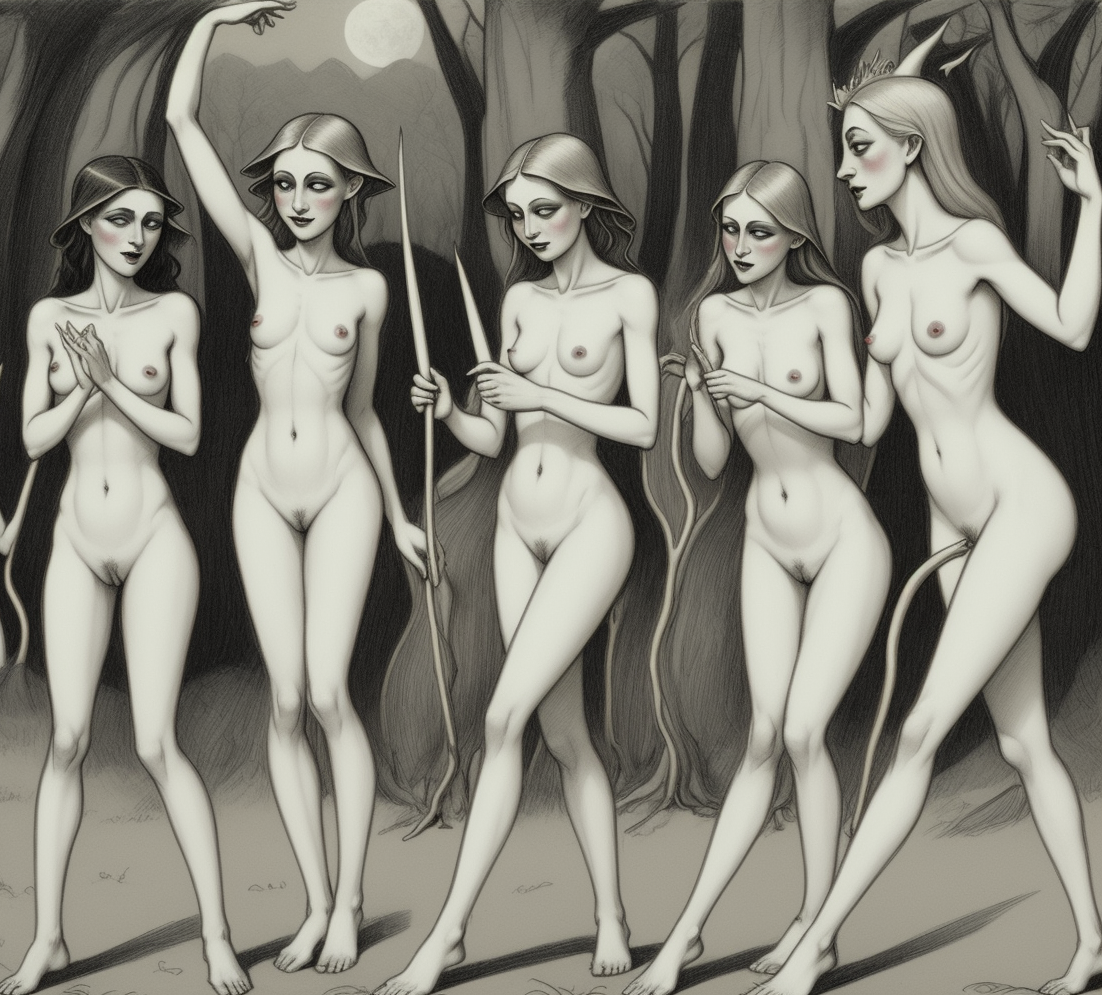
Origins of Skyclad Practice
The term “skyclad” originates from the Sanskrit word “Digambara,” which translates to “sky-clad” or “clothed in the sky.” Historically, it was used to describe Jain monks who practiced asceticism and gave up all worldly possessions, including clothing. However, the idea of practicing spirituality in the nude has roots in various cultures, from ancient Druids to certain Native American rituals.
In modern witchcraft, particularly within Wicca and some neopagan traditions, being skyclad is often associated with Gerald Gardner, often called the “father of modern witchcraft.” Gardner, influenced by various sources, posited that witches in ancient times practiced their rites nude, and this assertion has influenced numerous covens and solitary practitioners to adopt skyclad rituals.
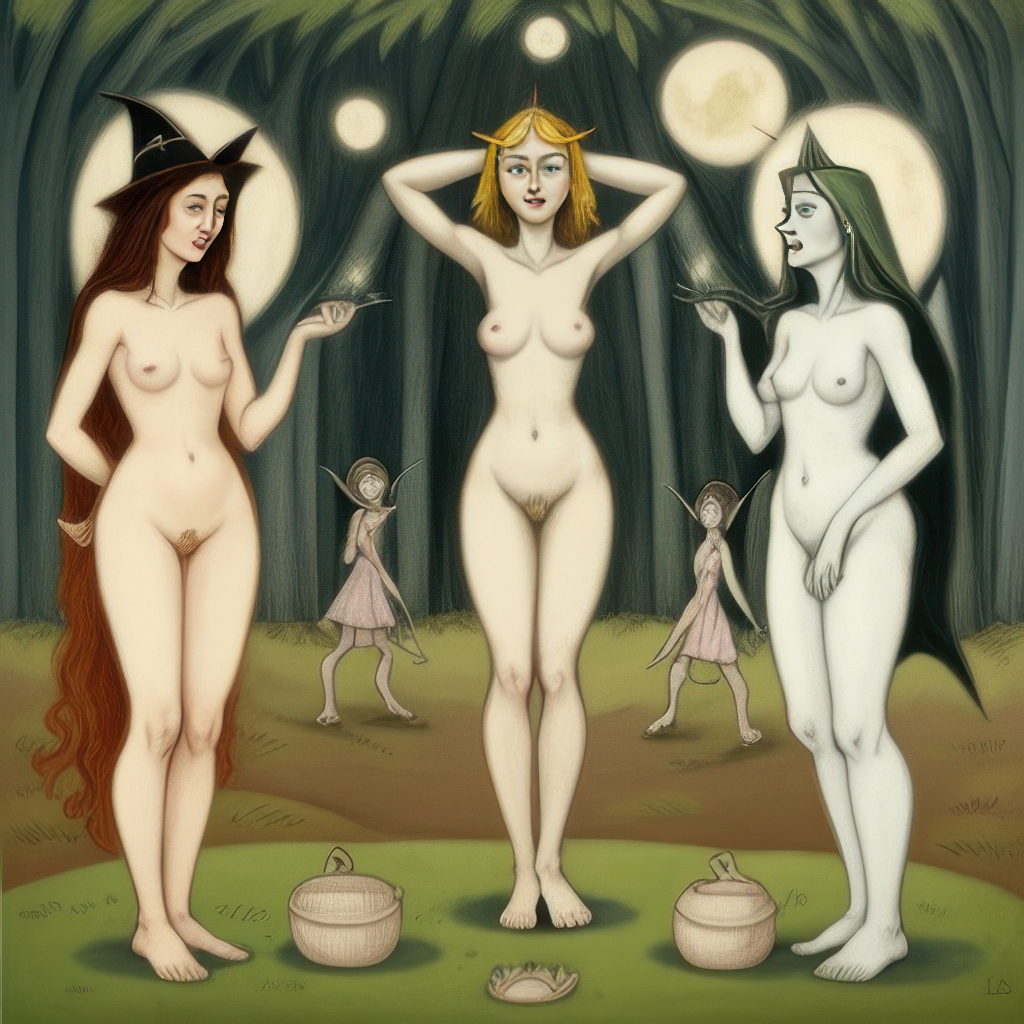
Symbolism and Meaning
- Purity and Authenticity: Clothing, in many cultures and traditions, can be associated with societal status, identity, or concealment. By shedding one’s clothing, a practitioner is symbolically shedding the facades and returning to a state of innocence and authenticity before the divine.
- Connection with Nature: Witchcraft, especially in its neopagan forms, often emphasizes a deep connection to nature. Being skyclad can heighten this connection, allowing the practitioner to feel the elements directly on their skin—be it the caress of wind, warmth of fire, moisture of water, or solidity of the earth beneath their feet.
- Energetic Flow: Like some occult traditions, certain witches believe that clothes can act as barriers to the flow of energy. Being nude during rituals can be seen as a way to enhance the flow of magical energies and to commune more intimately with deities or spirits.
Contemporary Perspectives and Variations
Being skyclad is not a mandatory practice for all witches or even all Wiccans. The choice to be skyclad is deeply personal and varies from practitioner to practitioner. Some covens may require skyclad practice, while others leave it up to individual preference. Solitary witches also decide based on their comfort level and personal beliefs.
Moreover, the idea of being “spiritually skyclad” has also been introduced. This means that even if one is clothed, they approach their rituals with the same openness, vulnerability, and authenticity as if they were physically nude.
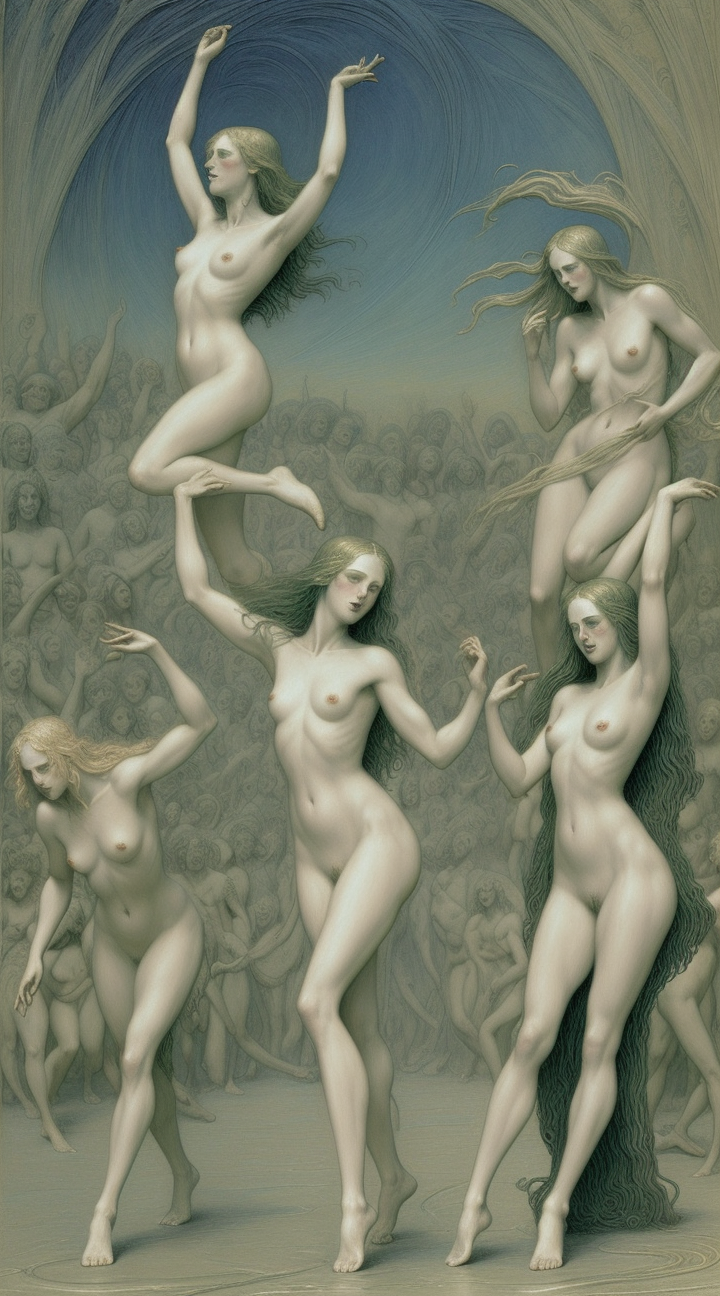
Controversies and Misunderstandings
The inclusion of nudity and sexuality in certain occult practices has led to misunderstandings, misrepresentations, and at times, fear. Popular media often sensationalizes these aspects, leading to misconceptions about the actual practices and their intent.
It’s essential to approach these topics with an open mind, understanding that for practitioners, these acts are symbolic and deeply spiritual. They are not intended for titillation or to shock, but rather to connect on a deeper, more profound level with the universe, deities, or oneself.
Conclusion
The use of nudity and sexuality in the occult showcases the vast range of human experiences and expressions that can be channeled towards spiritual growth and understanding. Just as with any religious or spiritual practice, it’s vital to approach the topic with respect and an intent to understand rather than judge. In the vast tapestry of human spiritual expression, nudity and sexuality in the occult are but a few threads that tell a larger story of our quest for knowledge, connection, and transcendence.

